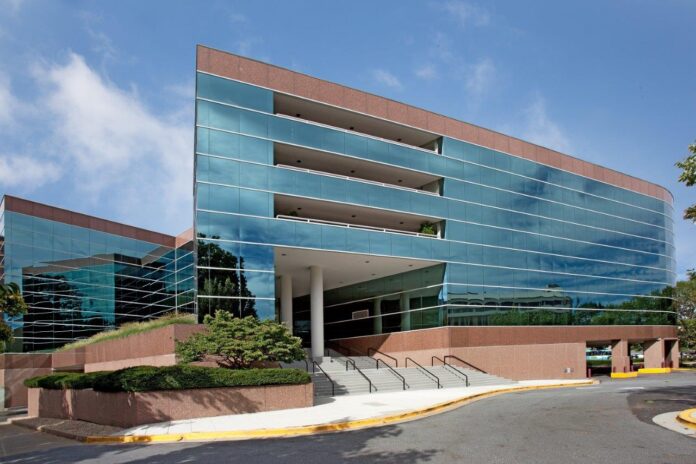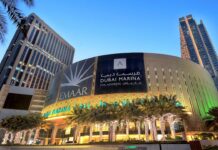The whole world is becoming more aware of the effects of climate change and environmental sustainability. The latter has been described as “reducing our impact on the environment and adopting practices that use natural resources sustainably”. In the property market, this concept is increasingly becoming a major factor to prospective buyers as well as sellers, as all UK property agents will agree. More people are showing a greater interest in eco-friendly buildings.
We list below some of the reasons for this increasing demand for such eco-friendly property.
Energy efficiency: This allows for the conservation of energy while obtaining the same level of service. Not only does it save on costs, but it reduces the effects on the environment as well. Energy prices are rising along with the demand, and so the incorporation of energy-efficient systems at home will help. Energy conservation can be used in areas like lighting, heating, cooling, cooking and entertainment. Some examples include LED (light-emitting diode) bulbs, smart lighting, solar energy, wind and hydro panels, recycling energy and buildings with insulation, including lagging jackets to water pipes. The initial cost of installation will soon be overcome by the savings in bills and expenses. Also many peoples considere wind turbines that are eco friendly and also it reduces the amount of electricity generation from fossil fuels.
Buyers are becoming increasingly more interested in energy-efficient buildings, resulting in a growing demand for them. Consequently, the value of your property is likely to increase when the energy efficiency level is high.
Sustainability: This is a key factor where the eco-friendly property is concerned, as the construction will endure for a longer period, with less effect on the surrounding environment. As the sustainability manager of one of the largest British housebuilders mentioned: “[our] findings challenge the long-claimed, but previously under-researched assertion within the industry that there is limited customer demand for sustainable homes.”
Maintenance: Maintenance costs on these properties can be reduced with time, as buildings with green material or eco-friendly materials contain natural, renewable resources which do not spoil with heat, cold or humidity. Hence, such buildings are more durable and require less maintenance. These properties appear newer and reduce the environmental repercussions. With a longer lifespan, the savings on major repairs, which could be costly, can also be an important issue.
Carbon footprint: Every building has a carbon footprint which is the amount of carbon dioxide it produces from its construction materials and operations. Reducing the carbon footprint is an important objective, and it is just what eco-friendly properties are succeeding in doing. By using energy conservation measures like the wind, solar, water and geothermal elements, the negative impact of the carbon footprint is reversed, protecting future generations as well.
Indoor environment: The benefit of the eco-friendly property is that the green materials used for construction are free from harmful substances, chemicals, finishes and pollutants which impact the environment. Hence, they are safer to build with, and the result is a healthier indoor environment which is a definite positive for prospective buyers.
Ozone depletion: Ozone depletion substances are chemicals (man-made) which damage the ozone layer in the stratosphere (upper atmosphere). Eco-friendly building materials are ozone friendly and offer ozone layer protection, thus helping climate change as well. The use of low GWP (global warming potential) refrigerants in energy-efficient buildings reduce greenhouse gas emissions which in turn provide a healthier environment.
Commercial market: It is not only the residential market that is affected by eco-friendly property. Companies need to reach zero carbon by 2050. The rush to reduce emissions is making corporates also focus on properties that fall in line with their environmental policies. Not only offices, but warehouses and factories are also looking at eco-friendly property, to create healthier workspaces which will also result in lower operating and energy costs. Better working conditions will ensure a higher efficiency rate and reduce employee sick leave. Hence, a BREEAM (Building Research Establishment Environmental Assessment Method) Certificate would be advantageous for such properties.
Conclusion: It seems too good to be true! Besides being cost-effective, eco-friendly properties offer many benefits. They help take care of the environment, resulting in lower bills and maintenance costs and increasing energy efficiency. Many people have even opted to pay more for an eco-friendly property as some buyers ranked lower energy bills as more important than other features such as a garden or outdoor space, car parking and even fixtures and fittings. Therefore, the demand for such property is definitely on the incline, and with more people becoming aware of the advantages, it looks like it will continue to grow.











